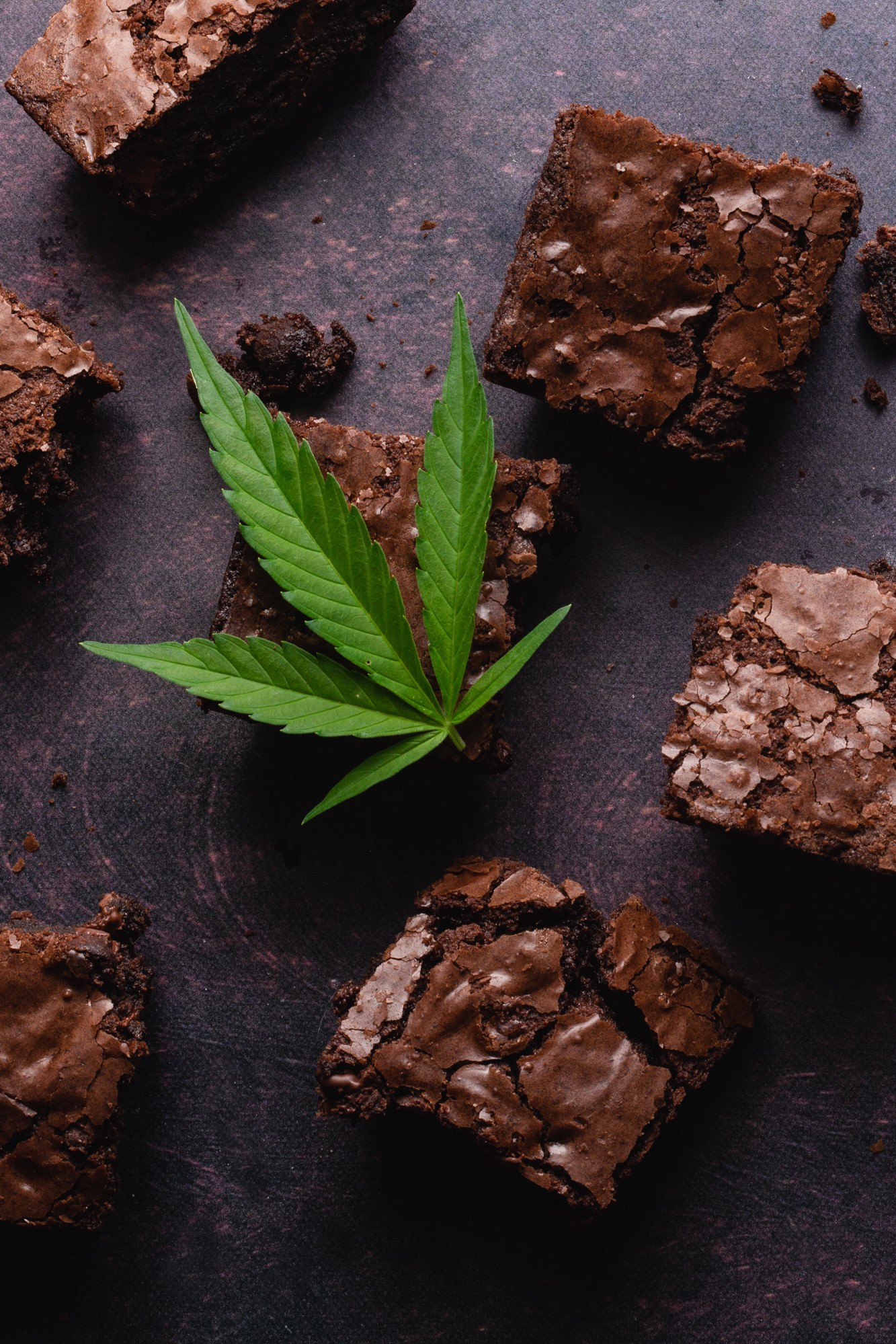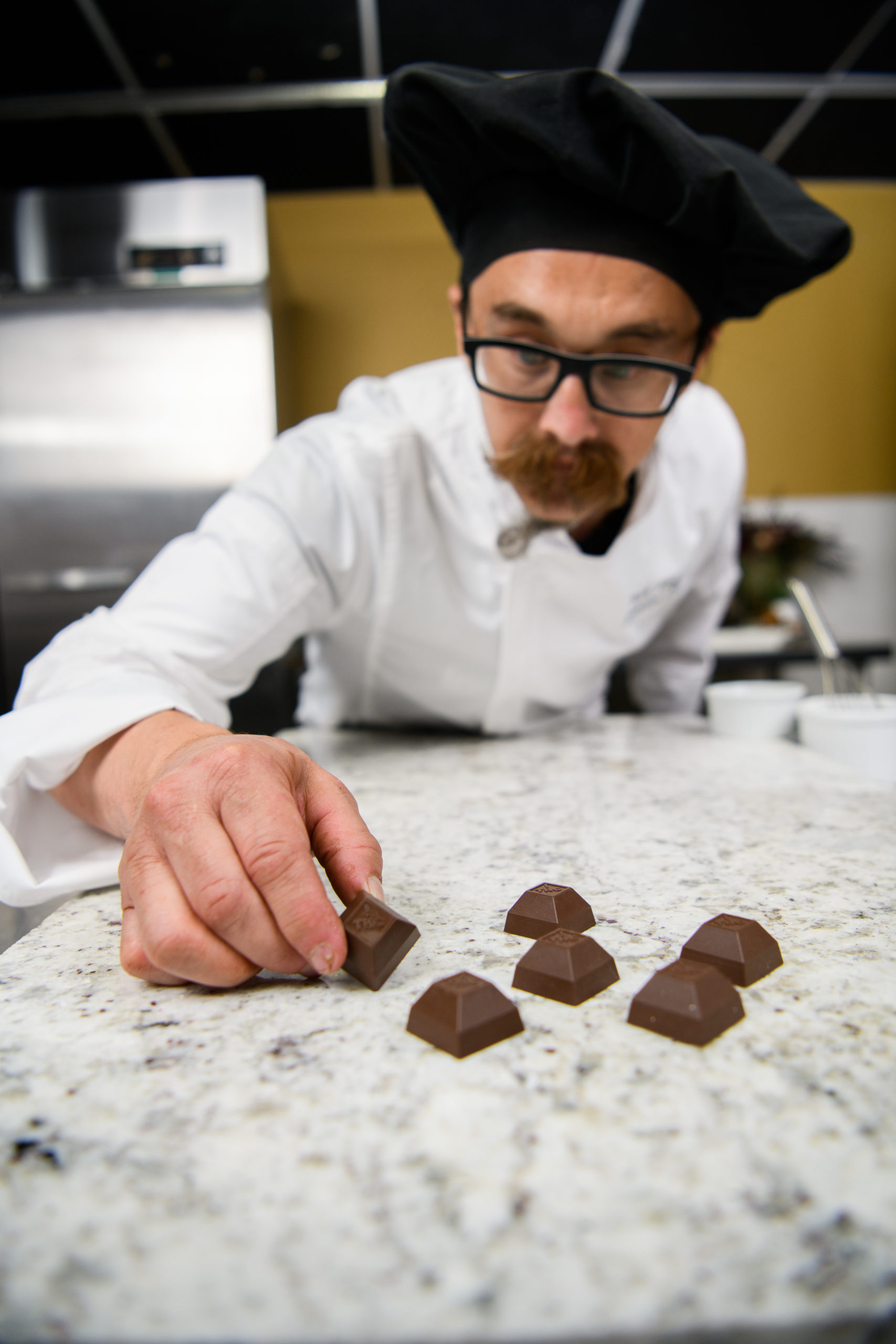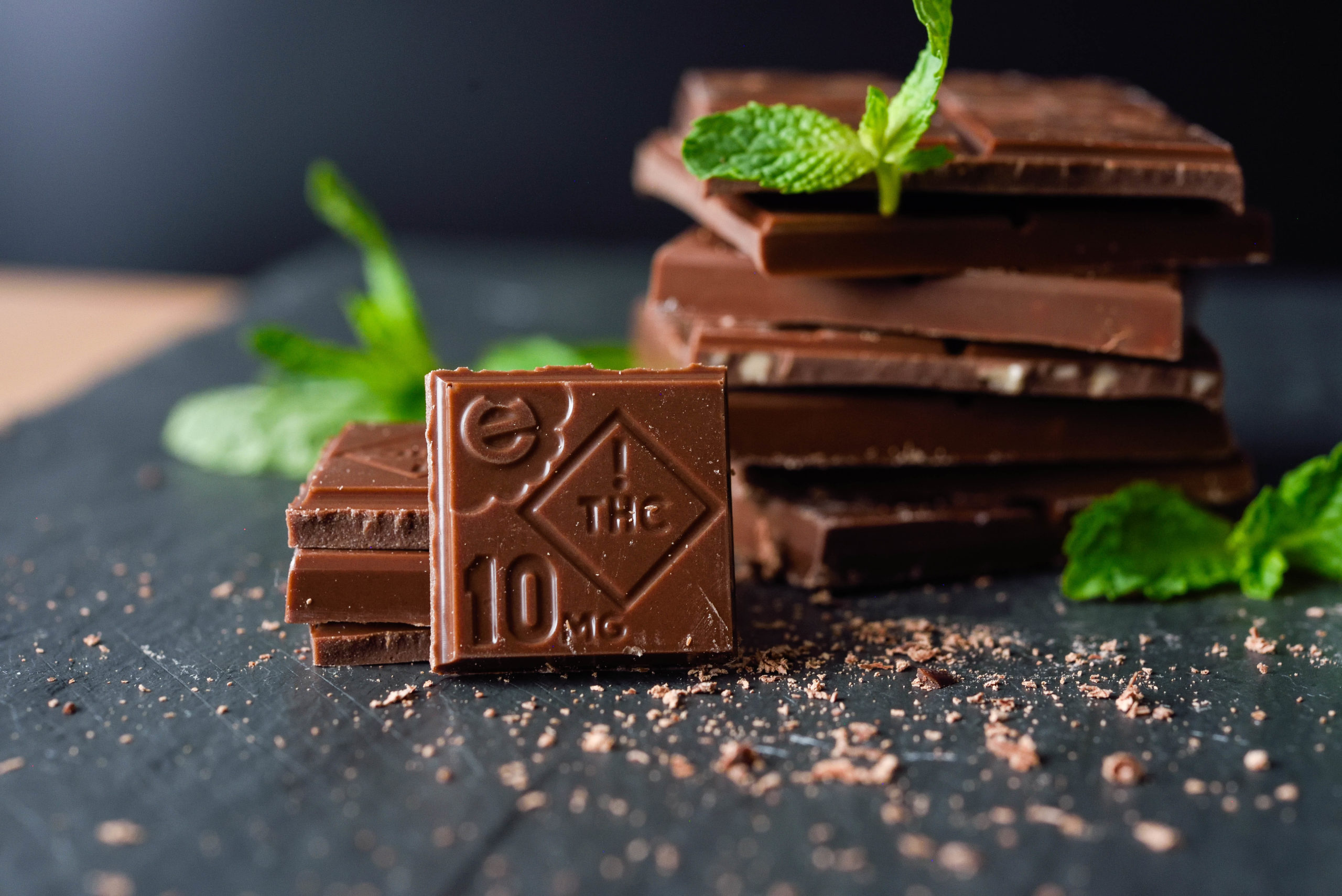From ancient prophetic brews to the cult-classic pot brownie, cannabis edibles in both food and drink form have been on a global journey through digestive systems everywhere over the last few thousand years. Let’s travel back in time through the present, taking a brief look at the history of cannabis chocolate so you can learn why cannabis edibles are now in such high demand.
Let’s start with the ancient Chinese emperor, Shen-Nun, who ruled around 2,700 BC and is known as the Father of Chinese Medicine. He documented various uses of cannabis medicinally. It seems the Chinese were the first in recorded history to ingest cannabis and introduce it as a medicine to the world. However, the earliest recorded cannabis edible was in the Indian subcontinent. It is here that the native people have prepared food and drink with bhang as early as 1,000 BC, for both spiritual and medicinal purposes. This is also where the world’s most sought-after Kush cannabis strains originated.
Fast-forward to the 1800s when people in the United States began making cannabis tinctures, candy, and other infused foods. These were all sold as commonly as toothpaste and even advertised in local newspapers. In more modern times, cannabis-infused food was credited to the publication of The Alice B. Toklas Cook Book in 1954. In it, she included a recipe for “hashish fudge”, a baked good based on an 11th century Moroccan sticky confection recipe, majoun. This sweet treat resembles a truffle. It contains aromatic spices along with cocoa powder, honey, butter, nuts, dried fruit, and of course, hash. Many say the pot brownie was born from this recipe. Now in 2021, many top chefs are even crafting their own edibles.

The Emergence of the Cannabis Industry
Everything began to change once the Pure Food and Drugs Act of 1906 went into effect. This laid the foundation for future cannabis prohibition. Over the course of the following three decades, cannabis became illegal to include in any formulations. The government was also able to start arresting people for cannabis offenses, which has unfortunately continued through to this present day.
The country slowly started coming back to its senses in the 1970s when some states began decriminalizing cannabis. In 1996, California led the way with medicinal legalization through the Compassionate Care Act. This movement was driven by the efforts of the legendary Denis Peron, who co-founded the first semi-legal dispensary in the United States and teamed up with the infamous Brownie Mary, a 69-year-old activist. Together they distributed cannabis edibles to patients in need of pain and nausea relief. Since then, the path of legalization has been far from easy.
The Early Days of Manufacturing Edibles
During this phase of development, industry regulations regarding cultivation and manufacturing practices did not exist. Picture this: Mrs. Smith procures cannabis extract from cannabis flower she grows herself. In her home kitchen, she bakes it into infused foods such as candies and brownies. She then sells them wholesale to her friend who has a dispensary, who sells them to their patients. All of this was done with no tracking systems in place. Edibles could be made in anyone's kitchen without lab tests; hence, dosing was highly inaccurate and inconsistent. Quality was questionable. As a customer, you’d just hope for the best.

The Industry Puts on a “Suit and Tie” (without help from the government)
Still to this day, due to the federal regulation of cannabis as a Schedule 1 substance, the FDA does not regulate edibles. Individual states had to take it upon themselves to create a greater level of safety, consistency and quality. Industry innovators, such as Medically Correct, have led the way to craft safety regulations. States then adopted and enforced these regulations to protect the cannabis consumer and establish integrity in business practices.
As alluded to previously, consumers could get an edible with a descriptor as vague as “two-times the strength” one week. An edible from the same manufacturer with that same descriptor the next week could have a totally different effect. Before it even became mandated, Medically Correct committed to testing for activated milligrams of THC. They added this along with nutritional information on their product labels. This early focus on consistency and quality helped propel them to the top of the Colorado edibles market, which was the first in the nation to become a highly regulated market.
Why Chocolate Edibles Are In High Demand
As the variety of products available in the market began to rise, it became increasingly difficult for stores to carry chocolate-based baked goods due to their short shelf-life. This created a need for shelf-stable alternatives to items such as the cult-classic edible brownie. Enter the cannabis chocolate bar! This became an ideal solution for manufacturers, retail operations and consumers alike. Not only is it a familiar delight, it also allows for more precise dosing and longer shelf-life.
If you were to taste cannabis extract all by itself, you’d undoubtedly notice its pungent and bitter flavor. Chocolate, especially dark chocolate, has rich complex notes which are a perfect ingredient to mask these less than desirable flavors. Plus, when chocolate is infused with cannabis, the naturally occurring fat from the cocoa butter supplies the necessary lipids to help the body process it.

Combining cannabis with chocolate also has a chemically synergistic effect. In a nutshell, cacao beans produce a type of cannabinoid that the body itself also produces, called anandamide. It plays an important role in managing issues such as pain, mood, and appetite, and has similar effects to THC. Chocolate also contains theobromine, an alkaloid and caffeine-relative, and a known vasodilator that helps deliver nutrients and chemicals into the tissues. This creates an enhanced, elevated experience that lasts even longer.
__________________________________
Some trivia for you: Why does food taste so much better when you’re high? Well, cannabis is known to heighten sensory perception. This is due to THC binding with certain receptors in areas of your brain involved with your senses. Overall perceptions of yourself and your surroundings increase, including brighter colors, stronger smells, and richer tastes. YUM!
If you’re new to consuming cannabis edibles, check out this helpful guide to understand how eating cannabis is different than smoking it.
Be a savvy cannasseur and check out the delicious selection of Medically Correct’s cannabis-infused chocolates by visiting our Shop Now page.
